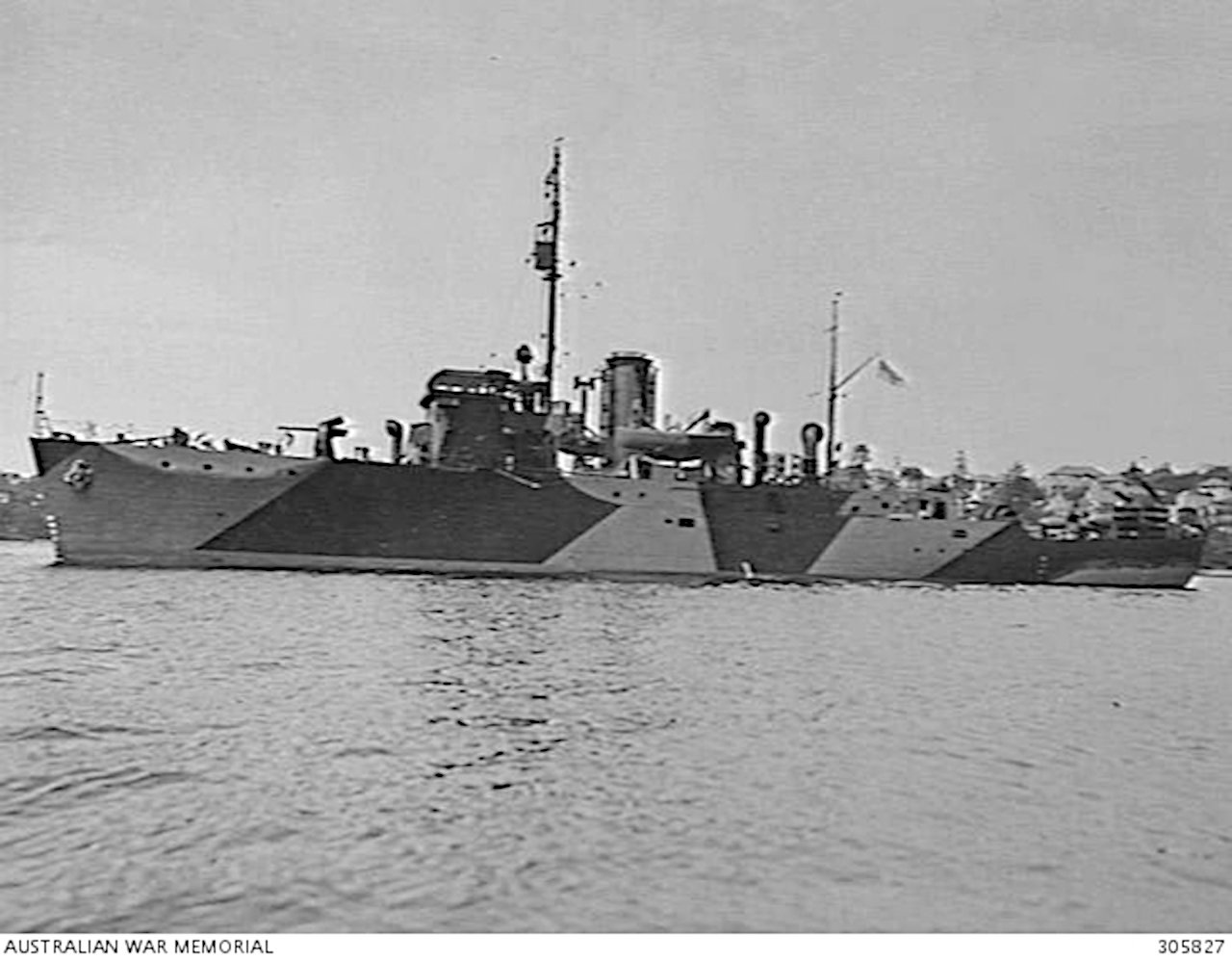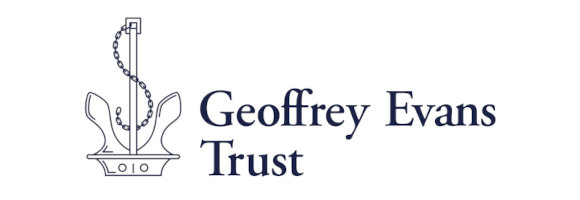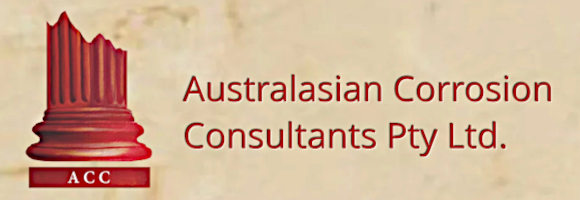
FOUR INDIAN CORVETTES
Of the sixty corvettes that were built in Australian yards, four were ordered for the Royal Indian Navy (RIN). We know some of the history of the fifty-six corvettes that served with the RAN, but very little is known about the four Indian vessels, named His Majesty's Indian Ships (HMIS) Punjab, Bombay, Madras and Bengal.
During the building of the Indian corvettes, up to 200 Indian sailors came to to stay in Sydney to crew the ships, and lived at the historic four-story Merchant’s House in The Rocks. (Poster images from https://www.dpvintageposters.com/posters/war-citizenship-public-causes/world-war-ii/british-commonwealth).
Click for larger images below.HMIS Punjab
HMIS Punjab, J239, was named for a state in northern India. She was built by Mort’s Dock and Engineering Co Ltd, laid down on 26 May 1941, launched 10 October 1941 and commissioned on 20 March 1942.
In July 1942, HMIS Punjab arrived at the port of Bombay, which would be her home base for the rest of the war. Just like her three sister ships, Punjab was used mainly as an escort vessel. In July 1945, in support of the planned Allied amphibious landings in Malaya, Punjab with other RIN and Royal Navy vessels conducted minesweeping operations off Phuket. More about Punjab's commanding officers, convoy voyages, and minesweeping activities off Phuket.
After the independence of India and subsequent partition in 1947, Punjab was among the vessels transferred to Pakistan. The ship was decommissioned in 1949.
HMIS Bombay
HMIS Bombay, J249, was named for a city in western India, now called Mumbai. She was built by Mort’s Dock and Engineering Co Ltd, laid down on 19 July 1941, launched 6 December 1941 and commissioned on 24 April 1942.
After entering into service, HMIS Bombay was temporarily stationed in Sydney for trials and breaking-in, so she was present in Sydney Harbour during the Japanese midget submarine operation on 31 May-1 June 1942. In September 1942 the corvette left for Colombo, Ceylon, and from there to British India. During the Second World War Bombay was mainly active as an escort to and from the Persian Gulf.
In April 1945 HMIS Bombay supported Operation Dracula, the recapturing of the Burmese capital city of Rangoon by British and Indian troops. After India gained independence on 26 January 1950, HMIS Bombay was renamed INS Bombay. In 1960 INS Bombay was retired from service and sold in 1961 for scrap. In 1962 the ship was dismantled.
HMIS Bombay is recognized as the fifteenth ship (and ninth warship) in Indian maritime history to bear the name Bombay.

HMIS Madras
HMIS Madras, J237, was named for a city in south-eastern India, now called Chennai. She was built by Cockatoo Docks & Engineering Company, laid down on 4 August 1941, launched 17 February 1942 and commissioned on 12 May 1942.
In August 1942, Madras was sent to Bombay, via Colombo, Ceylon, after her breaking-in period. During the war the corvette was active as an escort vessel and in anti-submarine warfare. On 26 January 1950, after independence, she was renamed INS Madras. The corvette was decommissioned in 1960 and scrapped.
HMIS Bengal
HMIS Bengal, J243, was named for a state in eastern India. She was built by Cockatoo Docks & Engineering Company, laid down on 3 December 1941, launched 28 May 1942 and commissioned on 8 August 1942.
On 5 November 1942 Bengal left Fremantle for India via Diego Garcia, escorting the Dutch tanker Ondina which was in ballast and heading for Abadan in the Persian Gulf. On 11 November, when the ships were to the southwest of Cocos Islands in the Indian Ocean, they were attacked by two Japanese commerce raiders, Hokoku Maru and Aikoku Maru, which were armed with 5.5-inch guns.
Bengal engaged the enemy and ordered Ondina to turn away and proceed independently. Ignoring that order, Ondina commenced firing and hit Hokoku Maru, eventually causing an explosion which resulted in her sinking. Aikoku Maru fired on the Ondina which had run out of ammunition, so the captain gave the order to abandon ship in an attempt to save further loss of life.
Bengal was on fire from two direct hits and had only five shells left, but laid a smoke screen to assist Ondina to escape and, believing the tanker was withdrawing, sailed for Colombo. Aikoku Maru, after shooting more torpedoes to finish off Ondina, turned and fired on the open lifeboats, killing one sailor and injuring others. Aikoku Maru picked up the survivors from Hokoku Maru and sailed off, believing that Ondina was sinking. Ondina's surviving crew re-boarded their ship, put out the fires and sailed to Fremantle.
Details of the battle involving oil tanker Ondina and HMIS Bengal Movietone footage of HMIS Bengal on YouTube
Bengal sailed via Diego Garcia and Columbo to Bombay where she was repaired, then was deployed as an escort for the rest of the war. In 1950, when India gained independence from Great Britain, HMIS Bengal became INS Bengal. The ship was decommissioned in 1960, then sold in 1960 and broken up.























